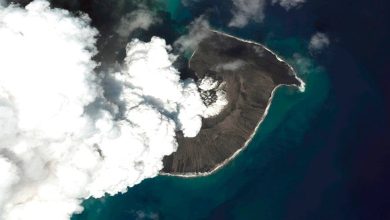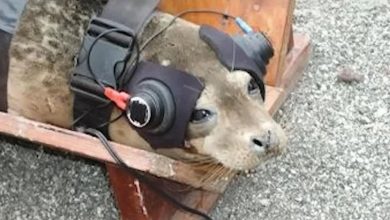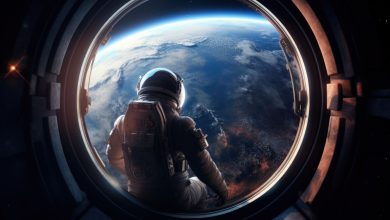Aditya L1 and Proba-3 to conduct joint solar observations in 2025 | Technology News

The Aditya L1 mission will be working closely with the European Space Agency’s (ESA) Proba-3 mission in making solar observations starting sometime in the second quarter of 2025.
India had launched its maiden mission to study the Sun in September 2023 and Aditya has been operating from the Lagrange point (L1) – at about 1.5 million km away from the Earth – since January this year. Last week, the Indian Space Research Organisation (Isro) successfully launched the ESA-built Proba-3 mission. It is the first space mission with two satellites designed to perform flight formations to mimic the solar eclipse, enabling studies of the solar corona.
What Aditya L1 and Proba-3 share in common is the coronagraph – an instrument designed to block the sun’s bright rays and allow astronomers to view and study its periphery, nearby features or objects. Onboard Aditya is the Visible Emission Line Coronagraph (VELC) and the Association of Spacecraft for Polarimetric and Imaging Investigation of the Corona of the Sun (ASPIICS) is on Proba-3.
ASPIICS offers a field of view between the Sun’s outer and inner corona – a circular belt that is normally observable during solar eclipse events. It has a 1.4-metre diameter occulting disk mounted on it. Effectively, this means that ASPIICS will facilitate a close-up view of this belt from an earlier 3 solar radii to 1.08 solar radii.
Indian and ESA solar physicists participated in Proba-3’s Science Working Team (SWT) meet organised last week in Chennai. During the day-long gathering, discussions on scientific collaborations took centrestage and ways to plan joint solar observation campaigns between Aditya and Proba-3 were tabled.
“Proba-3 has a specific time window for observations. During periods when coronagraphic observations are planned, we would like to conduct specific observation campaigns. It will benefit both ESA and the Indian scientific communities,” Dipankar Banerjee, director, Indian Institute of Space Science and Technology, Thiruvananthapuram, who led the Indian delegation at the SWT meet, told The Indian Express.
Post its launch on December 5, the ESA team’s Proba-3 Mission Operations Centre in Belgium has been monitoring the twin satellites and sources said their performance has been nominal. Usually, post-launch, the payloads undergo calibration and commission.
Story continues below this ad
On Monday, the ESA said Proba-3’s commissioning phase is going on and the onboard were tracking the orientation of the slowly spinning spacecraft. Presently, the ESA teams are conducting initial calibrations. The actual solar observations are expected to commence sometime around the end of February-March next year. Among the three main payloads, the Digital Absolute Radiometer (DARA) could be the first that is likely to commence operations soon. Comparatively, it is a small payload that will maintain a continuous measurement of the Sun’s total energy output, known as the total solar irradiance.
According to the latest update by ESA, depending on the first commission phase of Proba-3’s success, the spacecraft pair – the coronagraph and the occulter – is expected to get separated sometime in early 2025. Individually, they will then begin check-outs and carry out early observations.
“The operational phase of the mission, including the first observations of the corona through active formation flying, should begin in about four months,” ESA said.
© The Indian Express Pvt Ltd




